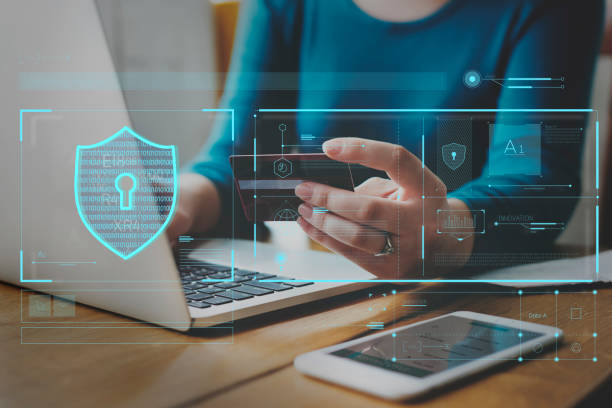Digitization has made it challenging for the telecommunication sector to protect its network from criminal access. Scammers often reach out to telecom with phony identities to obtain fake phone packages and new mobile financial services. It makes telecom serious about leveraging powerful fraud prevention measures. Machine learning facial recognition safeguards telecom services from fake subscriptions and SIM swap fraud. It analyzes every individual data and authenticates data by contrasting it against different records. Additionally, biometric verification helps to comply with Know Your Customer and Know Your Business regulations.
Machine Learning Technology and Telecommunication Industry
Machine learning technology is the major outcome of digitization. It assists companies with a secure business landscape and prevents financial terrorism and money laundering. It helps the telecommunication sector in the following ways:
Most of the time, the telecom department uses facial recognition technology to verify user legitimacy and simplify the registration process. It helps telecoms offer their users a convenient and frictionless process, enhancing their satisfaction. It is significant regarding the registration process and reduces workload pressures for employees. Facial recognition technology verifies user images in microseconds and verifies a large number of individuals in a very short time.
The telecommunication industry has to comply with age verification regulations to avoid underage subscriptions. Many underage individuals use fake IDs to access telecom services. Biometric technology helps to reveal user identity through machine learning technology. It identifies spoofing attacks and deep fakes. However, it is essential to have digital services for work management. Telecoms utilize digital technology to cope with digitization.
Pre and Post Paid Identification
For telecom, it is necessary to verify every individual before registering to purchase SIM and eSIM cards. A digital identity verification solution is required to attract post-paid users and enhance revenue. Manual verification methods may give way to fraudsters and financial terrorism.
Facial recognition scanners are a vital outcome of modern technology. It helps to detect and prevent fraud in the telecommunication industry. The telecom industry provides its services to every industry. Therefore, more security is required to provide services more effectively to every industry. Telecommunication sectors work as the backbone in this digital time. It interrelates industries and makes communication between them. It provides video, voice, and internet service to every sector hence, it is more prone to criminal attacks.
How Do Face Recognition Services Contribute to Telecom Security?
The telecommunication industry is at the stance of ID theft. It requires a reliable solution to protect its landscape from fraudster attacks. Fraudsters often trick people into revealing their financial information and using it to transfer heavy amounts of money. They use social engineering to steal user-specific data during phone calls. Therefore, the telecommunication industry requires security measures to deter fraudsters’ attacks and secure their services from cyber-attacks.
Many criminals hack internal networks and transfer calls to their own. It enables them to get users’ confidential data and use it for various illicit means. Facial recognition technology helps verify every user during the registration process and protects the telecommunication sector from every possible fraudster attack.
Know Your Customer service is required to onboard the right users. It enables telecom to prevent fraud and verify users during the registration process. Real-time biometric verification helps telecom operators analyze users, provide ID documents, and ensure their organizational security. It does not only enhance industrial growth but plays an important role in user satisfaction. Additionally, a secure business landscape attracts more users both nationally and internationally.
Online Facial Recognition Process for Telecommunication and Its Working
Due to any ignorance during the verification process, the telecom industry may become a victim of SIM swap fraud. It gives way to scammers for hacking and data loss. It does not only affect the sector’s own business but also makes it the victim of heavy penalties for not complying with legal regulations. Therefore, Know Your Customer regulatory compliance is mandatory for telecom to avoid legal penalties and other complications. Face verification technology employs machine learning technology and analyzes user data to validate [pictures over identity cards and liveness detection data.
Facial recognition technology works in the given ways.
Individual face cameras and facial recognition scanners capture data in real time.
Captured data is converted into machine readable form, which are digital prints and stored for next processing.
Automatic artificial intelligence algorithms compare face prints with information in databases and images thereon passports and identity cards.
This is how facial recognition scanners verify and validate user IDs for organizational security.
Concluding Statement
Online face verification solutions enable telecommunication stores to check if the provided data is valid or not. It secures the network from criminal attacks and verifies users in real time to prevent SIM swaps, call transfers, and data loss. Machine learning facial recognition is the only solution to have real-time individual authentication.


